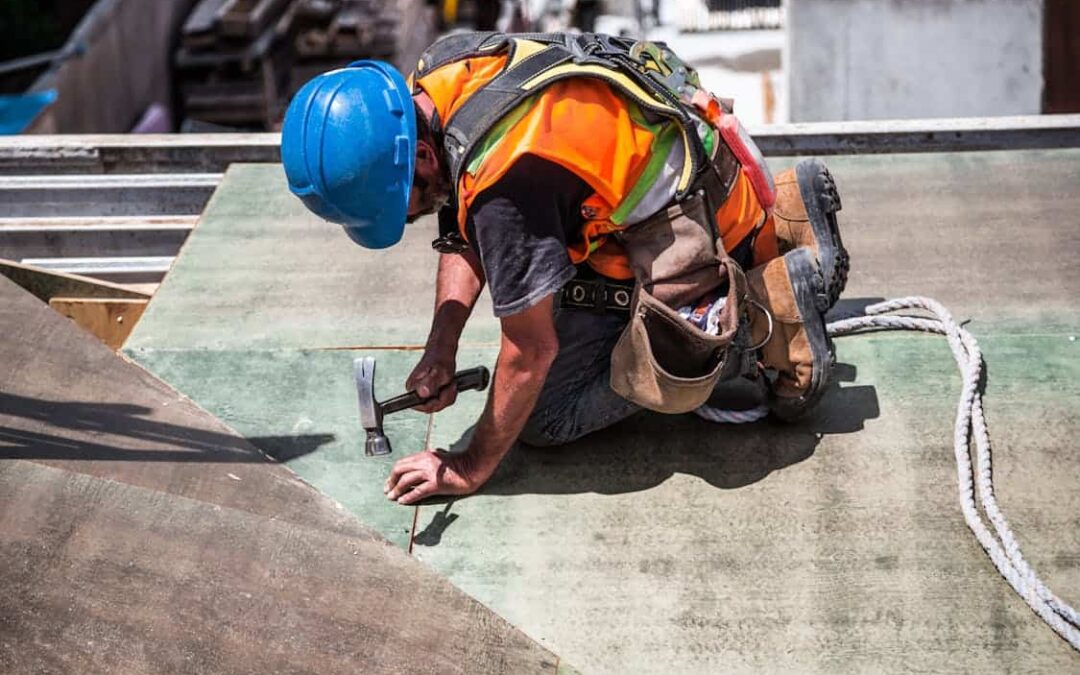As businesses grow, physical infrastructure must evolve alongside them. Whether it’s expanding a retail footprint, adding storage facilities, or scaling into new locations, the roof over your operations becomes a critical asset. While many business owners focus on internal systems or customer-facing elements, the importance of a robust commercial roofing system cannot be overstated.
Understanding how roofing decisions impact operational efficiency, costs, and longevity is essential for any company in expansion mode.
Expansion Demands Strategic Roofing Choices
When expanding, businesses often choose between retrofitting existing spaces or constructing new buildings. Each path presents different challenges. Retrofitting may involve working with outdated roofing materials or configurations, requiring specialized solutions for roof repair or reinforcement. New constructions offer the opportunity to choose optimal roofing systems from the ground up.
In both cases, it’s vital to assess load requirements, energy efficiency goals, and the region’s weather profile. A roofing company with expertise in commercial properties can provide insights into materials like TPO, PVC, EPDM, or metal roofing based on these factors.
Energy Efficiency Pays Dividends
As facilities grow, so do energy costs. Roofing plays a surprisingly large role in thermal efficiency. A poorly insulated or aging roof allows heat and cooling to escape, leading to higher utility bills and uneven interior temperatures.
Modern commercial roofing materials often include reflective coatings or enhanced insulation properties. These features not only reduce environmental impact but can also yield measurable savings over time. When considering roof installation for a new space, businesses should factor in long-term operational savings—not just upfront installation costs.
Compliance and Safety: Non-Negotiables
Expanding your business typically involves navigating new zoning regulations and building codes. Roofing systems must meet safety standards regarding fire resistance, drainage, wind uplift, and structural load. Overlooking these can result in failed inspections, project delays, or costly redesigns.
In addition to legal compliance, there’s employee and customer safety to consider. Roofs that are not properly sealed or reinforced may lead to internal leaks, mold growth, or even collapse under severe weather. Partnering with a reliable roofing contractor ensures that compliance and safety are baked into the planning process.
Scheduling Around Business Continuity
Commercial roof replacement or repair must be timed carefully to avoid operational disruptions. This is particularly crucial for businesses operating on tight schedules or hosting sensitive equipment. Construction noise, restricted access, or material fumes can impact employee productivity and client experience.
Advance planning and clear communication with your roofing provider can mitigate these issues. Some roofing companies offer phased installation or work outside business hours to minimize impact.
Expansion Can Reveal Hidden Roofing Flaws
Often, the process of expanding uncovers underlying problems in the existing structure. While upgrading electrical or plumbing systems, you may discover leaks, sagging rooflines, or inadequate drainage. These issues should not be patched over—they’re indicators of a system that may no longer support the demands of a growing business.
In these scenarios, roof repair may serve as a temporary measure, but full roof replacement is often the more sustainable path. It’s better to address roofing weaknesses now than face operational interruptions later.
Choosing the Right Roofing System for Your Business
Each commercial roofing system offers different advantages:
- TPO (Thermoplastic Polyolefin): Lightweight, reflective, and cost-effective.
- PVC (Polyvinyl Chloride): Excellent for chemical resistance and fire retardance.
- EPDM (Ethylene Propylene Diene Monomer): Durable and weather-resistant.
- Metal Roofing: Long-lasting, energy-efficient, and visually appealing.
Your business’s location, industry, and expansion goals should inform the choice. A restaurant may need superior grease resistance, while a distribution center might prioritize insulation and durability.
Maintenance Planning Should Start Early
The best time to begin planning for roof maintenance is during installation. Creating a schedule for inspections, cleanings, and minor repairs ensures that your new or expanded roofing system performs at its best for years to come.
Maintenance isn’t just about prolonging lifespan—it’s about protecting assets beneath the roof, from inventory and machinery to employees and clients. Commercial roofing maintenance should be integrated into your broader facility management strategy.
Collaborating with Trusted Professionals
No roofing decision should be made in a vacuum. Consulting with roofing experts who understand both technical requirements and business objectives is key. Professional commercial roofing companies offer guidance tailored to commercial expansion, ensuring that every square foot of roofing aligns with your long-term goals.
From choosing materials to navigating permits and executing seamless installation, experienced contractors make the difference between a rushed job and a future-proof solution.
Conclusion: A Roof that Grows With You
Business expansion brings excitement—and risk. Ensuring that your roofing infrastructure supports your next chapter requires more than quick fixes. It demands strategic thinking, professional support, and an eye toward durability.
By investing wisely in commercial roofing systems now, businesses position themselves to grow confidently—knowing that what’s above them is just as strong as the foundation beneath.

Recent Comments